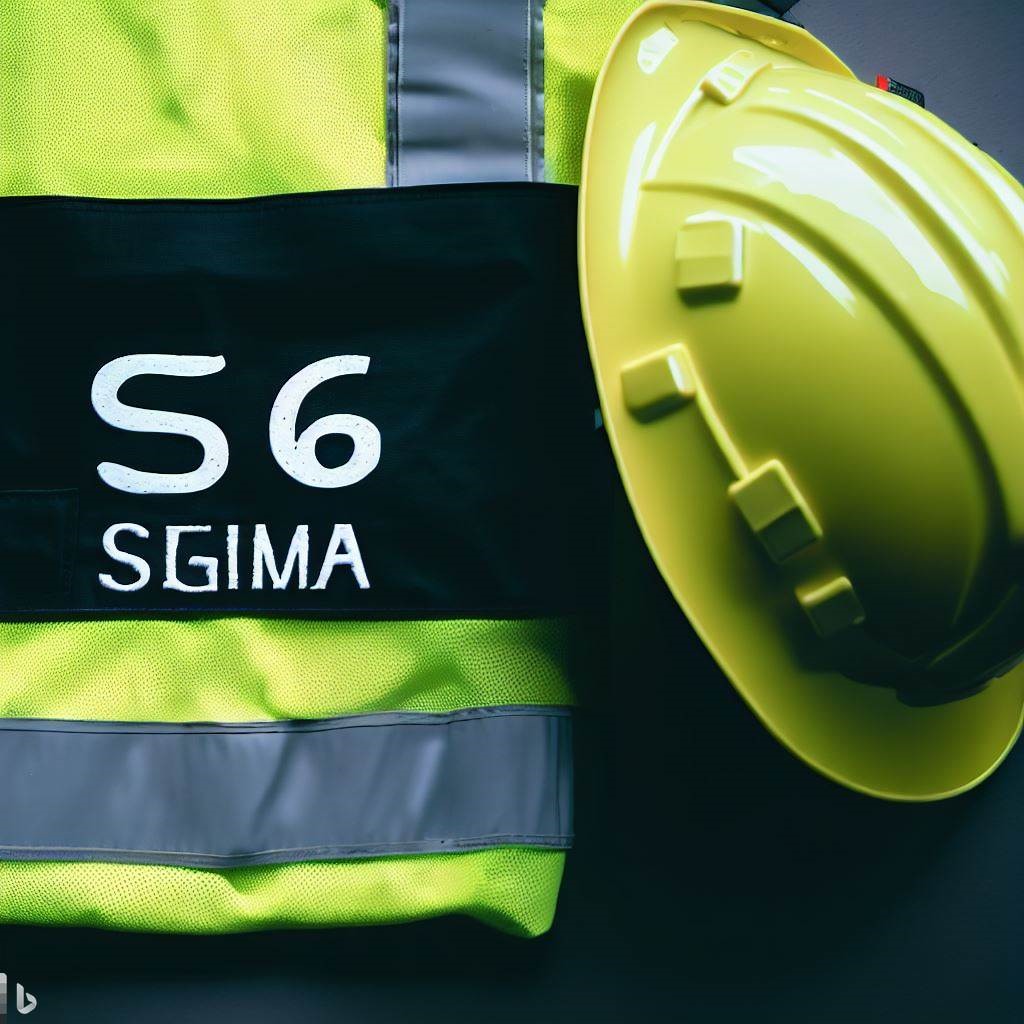1.1 Definitions
1.1.1 Significant Injury
A significant injury is one that is not categorized as ‘major’ but leads to the injured person being absent from work or unable to perform their full range of normal duties.
1.1.2 Major Injury
Major injuries are those that pose a serious threat to a person’s health and well-being.
1.2 Outcomes – Dangerous Occurrence or Damage Only
1.2.1 Dangerous Occurrence or Damage Only
A Dangerous Occurrence or Damage Only refers to an event that occurs without causing injury but has the potential to do so. The following examples are illustrative but not exhaustive:
- A fire or explosion that does not result in injury
- Release of flammable or toxic gas, vapor, or fluid
- The collapse, overturning, or failure of load-bearing parts of lifts and lifting equipment
- Explosion, collapse, or bursting of any closed vessel or associated pipework
- Electrical short circuit or overload causing a discharge spark
- Failure of industrial radiography or irradiation equipment to de-energize or return to its safe position after the intended exposure period
1.3 Outcomes – Near Miss
1.3.1 Near Miss
A near miss encompasses any unplanned incident, accident, or emergency that does not result in an injury. For example, materials falling from scaffolding narrowly missing an employee. Near misses must be reported to determine their causes and prevent recurrence.
Figure 1.1: Near Miss Sign
Source: Dreamstime.
1.4 Training for the Investigating Team
1.4.1 Training for the Investigating Team
Accident/incident investigations involve a team with various skills, depending on their roles. All team members should have prior training in accident investigation. A typical team may comprise:
- Operations team leader
- Field or platform safety officer (for offshore installations)
- Safety representatives
- Area authorities (responsible for the incident location)
- Senior onshore managers
- Specialist inspectors
- Tool pusher (for drilling rigs)
The investigating team should be equipped with:
- Knowledge of their roles and responsibilities
- Ability to identify reportable events
- Documentation completion skills
- Familiarity with accident book regulations and usage for historical information
- Awareness of relevant documents and forms, both internal and external
- Understanding of the importance of reporting accidents/incidents/dangerous occurrences/near misses for legal, investigative, and monitoring purposes
- Knowledge of information dissemination and recipients
1.5 The Accident/Incident Investigation
1.5.1 The Accident/Incident Investigation
There is a generally accepted four-stage process for investigating accidents/incidents:
- Step One – Gathering the Information
Some information necessary for the investigation will be collected from the incident scene, which must remain secure and undisturbed until the team has gathered all required facts. This may include photographs, sketches, and measurements. If the incident warrants involvement of enforcing authorities and/or the police, the area should remain secured until permission is granted by these authorities to access the site.
Certainly, let’s provide a detailed explanation of each step in the accident/incident investigation process:
1.5 The Accident/Incident Investigation
Step One – Gathering the Information
In this initial phase of the investigation, the team collects all necessary information to understand the incident fully. Some of this information can be obtained from the scene of the incident, which should be preserved and kept undisturbed until the investigation team is confident that they have gathered all the required facts. This includes:
- Photographs: Capturing images of the scene, damaged equipment, and any other relevant details helps in reconstructing what happened.
- Sketches: Creating diagrams or sketches can visually represent the sequence of events or the layout of the incident site.
- Measurements: Taking measurements helps in understanding the spatial aspects of the incident.
- Witness Statements: Gathering statements from witnesses who were present at the time of the incident can provide valuable firsthand accounts.
- Records and Documents: Reviewing any relevant records, reports, or documentation related to the incident, such as maintenance logs or operating procedures.
If the incident is of a serious nature, involving enforcing authorities and/or the police, it’s essential to secure the incident site until permission is granted by these authorities to access and investigate further.
Step Two – Analyzing the Information
Once the information is gathered, the next step involves a thorough analysis. This analysis aims to:
- Determine Sequence of Events: Establish a chronological order of what occurred leading up to the incident.
- Identify Contributing Factors: Identify any factors, such as equipment malfunctions, human errors, or environmental conditions, that may have contributed to the incident.
- Examine Root Causes: Investigate deeper to understand the underlying or root causes that led to the incident. This often involves looking beyond immediate factors to systemic issues within the organization.
- Review Compliance: Check if the incident involved any violations of safety protocols, regulations, or industry standards.
- Assess Consequences: Understand the consequences of the incident, including its impact on individuals, property, and the environment.
Step Three – Identifying Required Risk Control Measures
With a clear understanding of what happened and why, the investigation team can now identify the necessary measures to control or mitigate similar risks in the future. This step involves:
- Recommendations: Formulate recommendations based on the analysis to prevent similar incidents from occurring.
- Prioritization: Prioritize these recommendations based on their potential impact and feasibility of implementation.
- Risk Reduction: Develop strategies and action plans for reducing or eliminating identified risks.
- Proactive Measures: Consider proactive measures, such as additional training, equipment upgrades, or procedural changes, to enhance safety.
Step Four – Formulation of the Action Plan and Its Implementation
In the final step, the investigation team formulates an action plan based on the identified risk control measures. This involves:
- Action Items: Clearly define specific actions that need to be taken to address the recommendations.
- Responsibilities: Assign responsibilities to individuals or departments for each action item.
- Timeline: Establish a timeline for the implementation of these actions.
- Monitoring and Follow-up: Develop a process for monitoring progress and ensuring that the action plan is executed effectively.
- Communication: Ensure that all relevant stakeholders are informed about the action plan and its progress.
The goal of this step is to ensure that the lessons learned from the investigation are translated into concrete actions that enhance safety and prevent similar incidents in the future.
By following these four steps, an accident/incident investigation process aims to not only understand the past but also improve safety practices and prevent future occurrences.
I hope this format helps you better understand the text. If you need further assistance or have any questions, feel free to ask.

